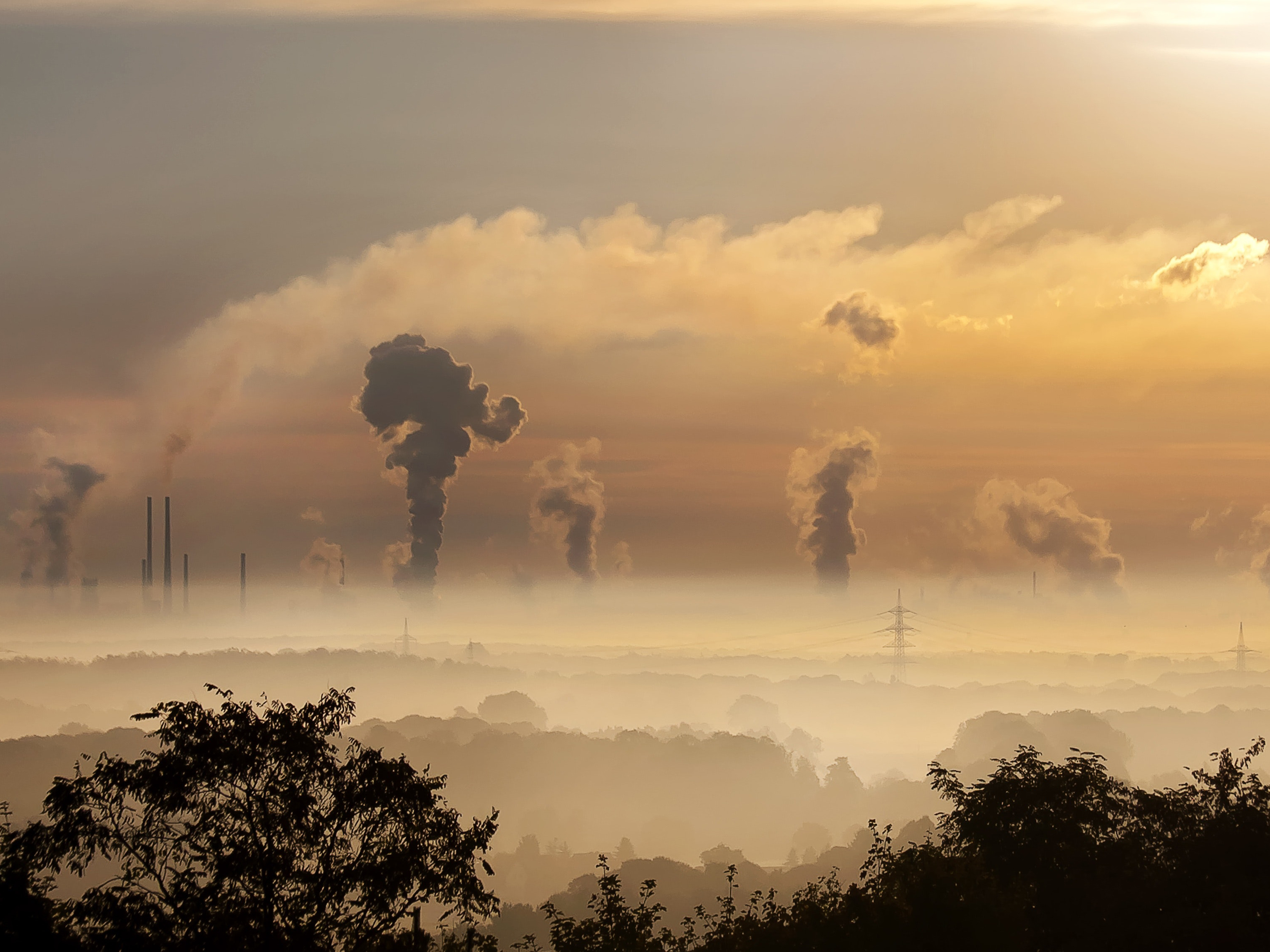
Global businesses are having to work harder these days to get in line with a voluntary standard on the reporting of greenhouse gas emissions.
ISO 14064-1, first issued in 2006, now requires companies to report on GHG emissions throughout their supply chains, not just those they generate directly.
For a manufacturer with multiple tiers of suppliers — and that defines most companies that source or make product outside their home countries — the reporting change is enormous. It requires them to achieve a far deeper level of visibility, one that reaches all the way back to the farm, field, mine or other source of raw materials.
Three types of emissions are now included in the ISO reporting standard:
- Direct, occurring on an organization’s premises,
- Energy indirect, caused by energy that’s supplied to the organization by a third party, and
- Other indirect, all other emissions released throughout the organization’s supply chain, whether in the making of a component or finished product, or subcontracting of any service.
Most companies don’t currently track and report indirect emissions, despite their accounting for the greatest volume of GHGs, according to Ryan Lynch, practice director with BSI Professional Services. BSI, or the British Standards Institution, is the national standards body of the U.K.
For the last 14 years, ISO 14064-1 has served as a “guidance document” for companies to “design, develop, manage and report on their GHG inventories,” says Lynch. It does not provide a means of certification to that end. (The 14064 standard consists of three parts in total, differentiated by a dash and number: -1 focuses on organizational GHG emissions, -2 is for project-specific emissions, and -3 covers product-specific emissions.)
Adherence to 14064-1 since its publication has “skyrocketed,” Lynch says, “but there’s a ton of work that needs to be done.” In its early days, GHG reporting was largely a concern of the media and environmentally focused NGOs. More recently, it has spread to institutional shareholders. They’re motivated in turn by insurers and financial professionals, who have begun to understand the link between portfolio value and the risk that’s associated with climate change.
Companies opting for 14064-1 as a guide to GHG reporting now must address three distinct “scopes” of indirect emissions, relating to the onsite burning of fuels, water treatment and transportation not under their direct control; purchased electricity; and all other indirect sources. They must state publicly that all such emissions are included in the report, “and if not, they need to explicitly state what is out of scope, and what they chose not to report on,” Lynch says. They must then justify that intentional oversight through a risk-impact analysis.
“Most organizations are still only reporting scopes 1 and 2 — emissions generated at the site, or purchased onsite,” Lynch says. “They’re struggling with reporting scope 3.”
Complicating any such efforts is the lack of a single GHG emissions protocol for global commerce. Another framework is maintained by the World Resources Institute and World Business Council for Sustainable Development. And while their standards don’t differ substantially from those of ISO, they nevertheless can lead to confusion over what makes for a thorough reporting of environmental impact.
“There’s an alphabet soup of frameworks, and all are still voluntary initiatives,” notes Lynch. He expects them to become less “voluntary” in years to come, as shareholders apply greater pressure to companies to become more environmentally responsible.
Lynch cites the recent letter of Laurence D. Fink, founder and chief executive officer of BlackRock, pledging to adopt environmental sustainability as a core principle governing future investments. BlackRock is reportedly the world’s largest money-management firm, overseeing an estimated $6.5 trillion in assets.
Fink’s letter to chief executives shifted the conversation from how companies report and mitigate current GHG emissions to understanding their impact on the environment five to 10 years from now. More than a concern about immediate sustainability, “it becomes a question of how resilient your organization is, and how vulnerable are your investments based on an understanding of what you’re exposed to,” says Lynch. Looking ahead, he adds, business leaders must consider such issues as damaged physical infrastructure, regulatory changes and shifts in consumer preference, driven by a growing awareness of environmental impacts.
To address those concerns, companies need to adopt a strategy that cuts across organizational barriers. In addition to responsible production and consumption, they must account for issues of global security, human rights, world hunger, health and well-being, and inequality. In all, United Nations sustainability goals cut across 17 impact areas, Lynch notes.
While much of the attention paid to GHG emissions has been directed upstream to contract manufacturers and suppliers, a full assessment requires an equally sharp focus on downstream customers. “You’re assessing the impact of products once they’re out of your hands,” says Lynch. Levi’s, for example, is urging buyers to reduce water consumption by laundering their jeans less often.
It becomes a question of examining the entire lifecycle of the product, from acquisition of raw materials through manufacture, distribution, end use and disposal. In struggling to assess the full environmental impact of their supply chains, companies today are encountering a much higher bar.







